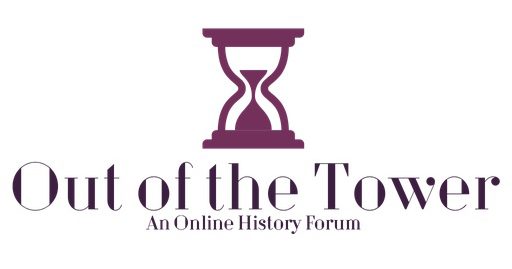In response to Dylann Roof’s massacre of nine black Americans attending bible study during the night of June 17, 2015, Senator Lindsey Graham of South Carolina commented, “I just think he was one of these whacked-out kids. I don’t think it’s anything broader than that.” In a similar vein, South Carolina Governor Niki Haley asserted that “we’ll never understand what motivates anyone to enter one of our places of worship and take the life of another.”[1] These comments mistakenly suggest that Roof’s motivations are somehow inscrutable and unknowable. Yet, in several different instances, Roof explicitly expressed his reasons for committing such a heinous act of violence. During the actual massacre, for example, Roof exclaimed to his victims: “You rape our women and you’re taking over our country. And you have to go.”[2] As well, in the months leading up to the massacre, Roof posted on several social media outlets pictures of himself proudly displaying the Confederate battle flag in addition to a manifesto that outlined his desire to start a race war in the hopes of reclaiming what he believed to be the rightful domination of white Americans over black Americans.[3]
Read more
